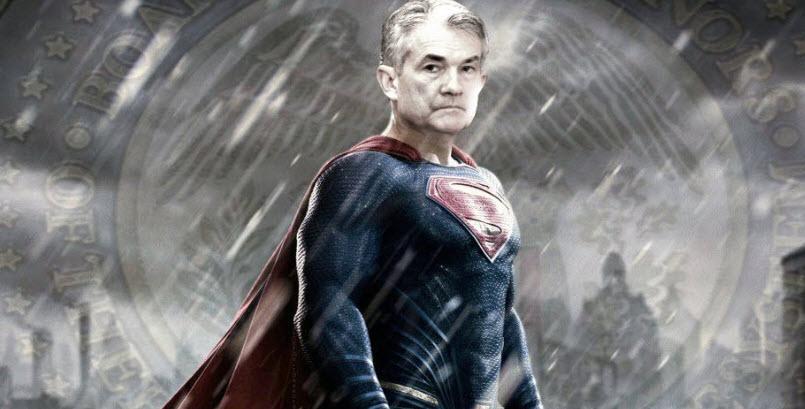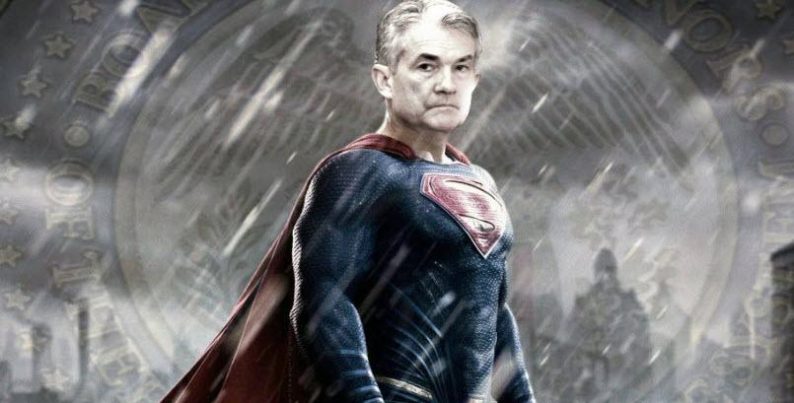Jerome Powell, the new Chairman of the Federal Reserve, just completed his third week on the job. He’s hardly had enough time to learn how to operate the office coffee maker, let alone the all-in-one printer. He still doesn’t know what roach coach menu items induce a heinous gut bomb.
Yet across the planet, folks high and low are already telling him exactly how he should do his job. What’s more, they’re passing advanced judgement on things that may or may not happen. For example, the South China Morning Post recently offered the following opinion:
“President Donald Trump may have done Janet Yellen a favour by not giving her a second term as Chairwoman of the Federal Reserve. Her successor, Jerome Powell, may have inherited a poisoned chalice. The Fed will have to up the pace of U.S. rate hikes or risk accusations of being behind the curve as markets react to signs of rising inflation.”

When Powell showed up to work on February 5, for his first day on the job, the general consensus was that the Fed would raise the federal funds rate three times this year, at 25 basis points – or 0.25 percent – per increase. But now that consumer prices are rising at an annual rate of 2.1 percent, average hourly earnings are increasing at an annual rate of 2.9 percent, and Congress has passed a massive two year budget deal, twitchy economists are questioning if three rate hikes will be enough to keep inflation in check.
Over the last two weeks their chants for four rate hikes in 2018 have grown louder. Goldman Sachs has even floated the five rate hike scenario.
Alas, this is the sort of ridiculous minutia that policy makers and analysts must navel-gaze over in a planned economy. The truth is, Powell can’t win regardless of what he does. Whether he raises rates three times or four times – or ten times – he’ll get it wrong. Here’s why…
Chronic Shortages













Leave A Comment